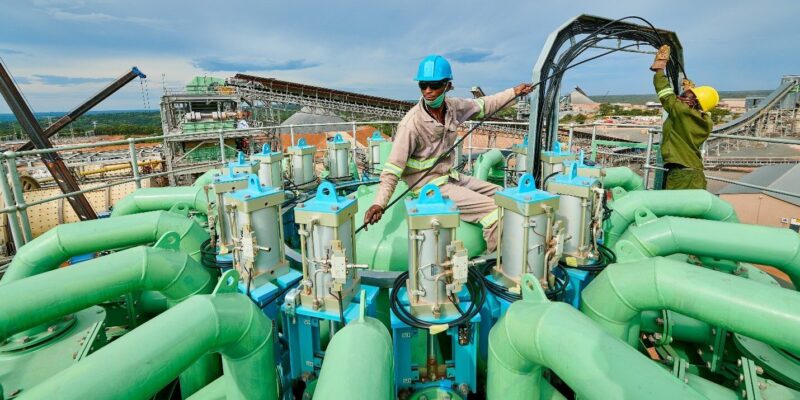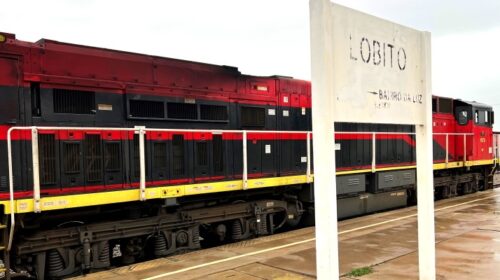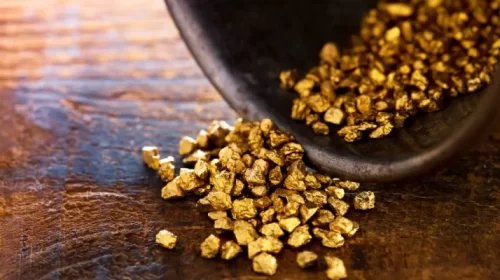Kamoa Copper’s journey to being one of the world’s lowest greenhouse gas emitters per unit of copper produced
The United Nations’ annual COP27 climate change conference is already well underway in Egypt and the topic of developing and deploying low-carbon technologies, which are critical for the world to achieve its net-zero targets, is high on the agenda. Because the deployment of low-carbon technologies relies heavily on minerals, the mining sector is critical in the fight against climate change.
Africa, a continent rich in minerals, will play a leading role in the supply of key minerals such as copper, cobalt and platinum group metals. These minerals are critical for renewable energy, hydrogen, and battery energy storage technologies – all of which are required for the clean energy transition. However, this must be addressed against the backdrop of Africa’s climate vulnerability and climate adaptation needs.
By doing its part in prioritising low-carbon investments and partnerships on the continent and building agency and capability, Kamoa Copper plans to become the first net-zero operational carbon emitter among the world’s top-tier copper producers.
We believe that mining companies can be the champions of global decarbonisation, not just in reducing their operational carbon emissions and producing lower carbon minerals and metals, but also in producing the critical raw materials needed to facilitate the global clean energy transition.
In May 2021, Kamoa Copper pledged to achieve net-zero Scope 1 and Scope 2 emissions at its Kamoa Copper Mining Complex in the Democratic Republic of Congo – a commitment that supports the 2015 Paris Agreement on climate change, which aims to sharply cut carbon emissions to reduce the threat of climate change.
Scope 1 emissions are classified as direct greenhouse gas emissions from company-owned and controlled resources, for example from vehicles, equipment, and machinery, while Scope 2 emissions are indirect greenhouse gas emissions, usually from the generation of purchased energy. The Company’s Scope 3 greenhouse emissions are currently calculated from its land and air-related travel and cover the travel across the operations as well as from our head offices.
Kamoa is already making progress on achieving its net-zero goals.
The Company’s mining operations and its Phase 1 and 2 concentrator plants are currently being powered by clean, renewable hydro-generated electricity from the refurbished Mwadingusha hydropower plant. Following the successful upgrade of Turbine #5 at the Inga II hydropower plant, which is currently under way, these two hydropower plants will provide Kamoa Copper access to a combined estimated 256 MW of clean, renewable electricity for Phase 3, the smelter and future expansions, while also benefitting local communities.
Meanwhile, the Company has also recently taken delivery of several key pieces of state-ofthe-art mining equipment powered by electric batteries or hydrogen fuel cells, supplied by Swedish original-equipment manufacturer Epiroc. This includes the Minetruck MT65 haulers, the world’s highest payload underground truck in the field, as well as Scooptram ST18 loaders and Boomer 282 face drilling rigs.
In 2021, Kamoa’s Scope 1 emissions were 17,634 tCO2e, while its Scope 2 emissions were zero, thanks to its use of 100% renewable electricity usage. The Company’s Scope 3 emissions (currently calculated on the Company’s land and air travel) totalled 2,091 tCO2e.
“Once we achieve net-zero Scope 1 and 2 emissions, we will turn our focus on achieving netzero total emissions at the Kamoa Copper Mining Complex, which will include Scope 3 emissions and become an industry leader in the fight against climate change,” says Ivanhoe Mines Founder & Co-Chairperson Robert Friedland.
A 2020 independent audit of Kamoa’s greenhouse gas intensity metrics performed by consulting engineering and project implementation firm Hatch, confirmed that the Kamoa will be among the world’s lowest greenhouse gas emitters per unit of copper produced.
Copper is an irreplaceable element required in the manufacture of advanced decarbonisation technology including electric vehicles, wind turbines, and solar panels.
89 total views , 1 views today





